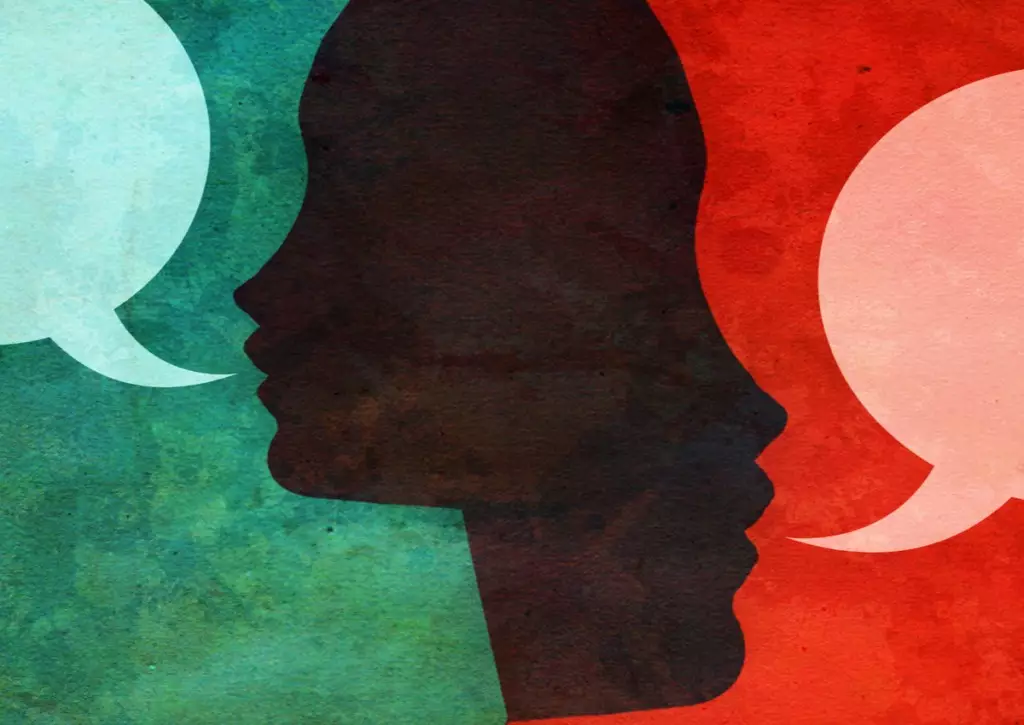In today’s rapidly evolving technological landscape, artificial intelligence has become the cornerstone of seamless communication. Voice assistants, transcription services, and voice-enabled interfaces are no longer novelties—they are integral to our daily interactions. However, beneath this veneer of innovation lies a stark disparity: millions of individuals with speech disabilities often find themselves excluded from the digital conversation. The prevailing AI systems, designed largely around typical speech patterns, inadvertently reinforce barriers for those whose voices deviate from the norm. This gap highlights a crucial moral and practical challenge—developing AI that doesn’t merely accommodate the majority but actively includes the marginalized.
The prevailing narrative suggests that technological progress equates to more efficient, faster, and smarter systems. Yet, beneath this surface, in the realm of voice technology, progress must finish the job of genuine inclusion. It’s not just about recognizing words or transcribing speech; it’s about understanding the nuanced, varied, and often unconventional ways people communicate. The goal should be an AI ecosystem that listens more broadly, responds more empathetically, and ultimately recognizes dignity in every speech pattern.
Breaking Barriers Through Advanced Learning Techniques
The engine behind this inclusive revolution is deep learning—an approach that has already transformed speech recognition and synthesis. Traditional systems faltered when encountering atypical speech due to a lack of diverse training data. But innovative transfer learning techniques now allow models to adapt and fine-tune based on limited nonstandard speech data. Think of it as giving AI the ability to learn from exceptions rather than just the rules. This process involves training models on a wide spectrum of speech samples, including those from individuals with cerebral palsy, ALS, stuttering, or vocal trauma. When properly applied, these models can recognize speech with much greater accuracy, even when the vocal signals are disfluent or contain irregularities.
Equally groundbreaking is the development of synthetic voices tailored to the user. Using small voice samples, generative AI can craft personalized digital personas—voice avatars that enable individuals to communicate with their authentic vocal identities, preserving their uniqueness in virtual interactions. Such technology not only restores a sense of self but also bridges emotional gaps that often form when spoken communication is compromised. These voices become vital tools for expression, allowing users to participate more fully in social and professional contexts without feeling alienated by the limitations of standard speech recognition systems.
Empowering Users with Real-Time Assistive Technologies
One of the most promising advancements is the emergence of real-time voice augmentation systems. Designed to help individuals with speech impairments, these systems act like co-pilots—enhancing articulation, smoothing out disfluencies, and filling in gaps caused by delayed or disfluent speech. They do not seek to replace the user’s voice but to amplify their intent, making conversations more fluid and meaningful. Imagine a person with late-stage ALS speaking with displayed confidence and clarity, despite limited physical control. This is no longer a distant dream; it’s an emerging reality in assistive technology.
Furthermore, AI-driven predictive language models are revolutionizing rapid communication. By learning each user’s preferred vocabulary, phrasing, and speech patterns, these systems improve not just recognition but also the natural flow of conversation. When paired with accessible input devices—like eye-tracking or sip-and-puff controls—the result is a conversation that feels less like navigating an obstacle course and more like a genuine dialogue. The integration of multimodal inputs, such as facial expression analysis, adds yet another layer of understanding, capturing emotional nuances that words alone might miss.
Human-Centered AI: Merging Technology with Empathy
Perhaps the most profound impact of this technological evolution is its capacity to rekindle a sense of human dignity. I have personally witnessed the transformative power of AI in cases where residual vocalizations are the only remaining means of communication. One memorable instance involved synthesizing speech from the breathy phonations of a woman with ALS, allowing her to “speak” again with tone and emotion. The tears of joy she shed reinforced a vital truth: AI’s role extends far beyond raw performance metrics. It’s about restoring identity, fostering connection, and affirming that every voice matters.
Yet, emotional nuance remains a critical frontier. Making AI systems emotionally intelligent—capable of recognizing and responding to feelings—can elevate these tools from functional to truly compassionate. For those who rely on assistive devices, feeling understood can catalyze profound moments of connection and self-expression. Designing future systems with built-in emotional awareness involves collecting diverse data, supporting non-verbal cues, and employing privacy-preserving learning methods that ensure users feel safe and respected.
Championing a Future of Fully Inclusive Speech Technology
The responsibility to create all-encompassing voice systems doesn’t rest solely on developers and technologists. It’s a collective endeavor that must prioritize accessibility as an integral design principle. This entails building datasets that reflect the full spectrum of speech, supporting non-verbal communication, and employing explainable AI techniques that foster transparency and trust. As AI becomes more accessible at the edge, with low-latency processing, users can experience seamless, natural interaction without delays—an essential ingredient for genuine inclusion.
From a market perspective, supporting users with disabilities is an untapped yet deeply motivated opportunity. Over a billion people worldwide live with disabilities—a demographic that is often underserved by existing voice technology. Improving AI for them benefits everyone: aging populations, multilingual cues, and even those temporarily unable to speak. Ethical wins entwined with commercial potential suggest that the next era of conversational AI must be built with a core principle of universality.
While challenges remain—particularly in capturing emotional nuance and ensuring privacy—the trajectory is promising. We stand at a pivotal moment where AI has the potential to redefine not only how we communicate but also who is empowered to be heard. The audio landscape of the future must be one of compassion, inclusion, and unbounded human connection. Only then can we truly say that AI is fulfilling its greatest promise: amplifying the human voice in all its diversity.


Leave a Reply